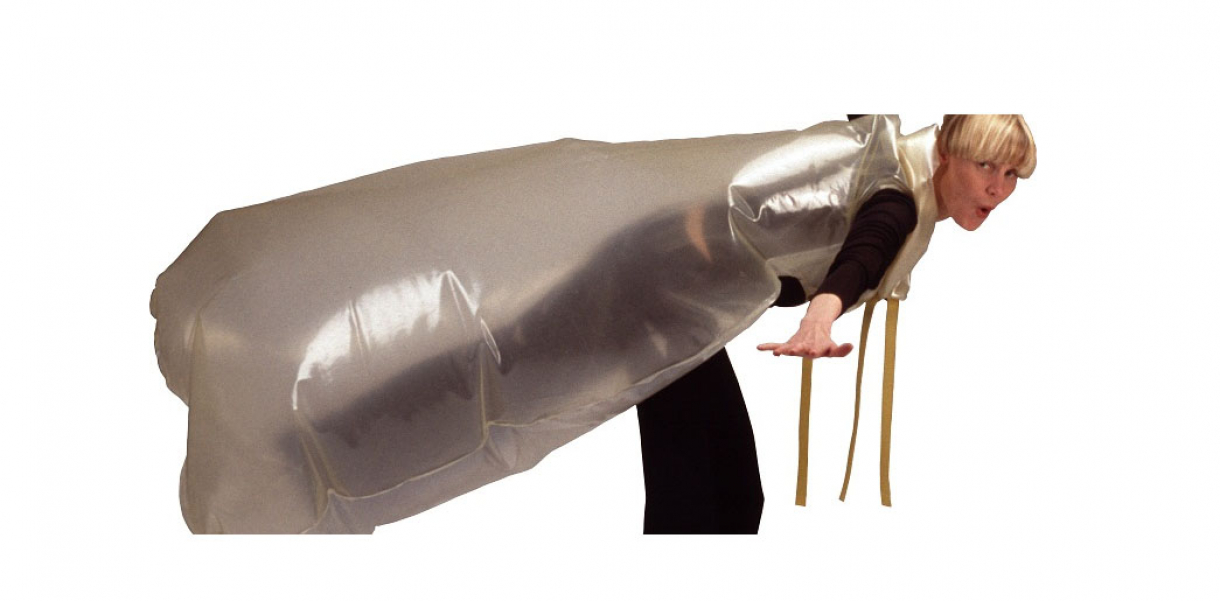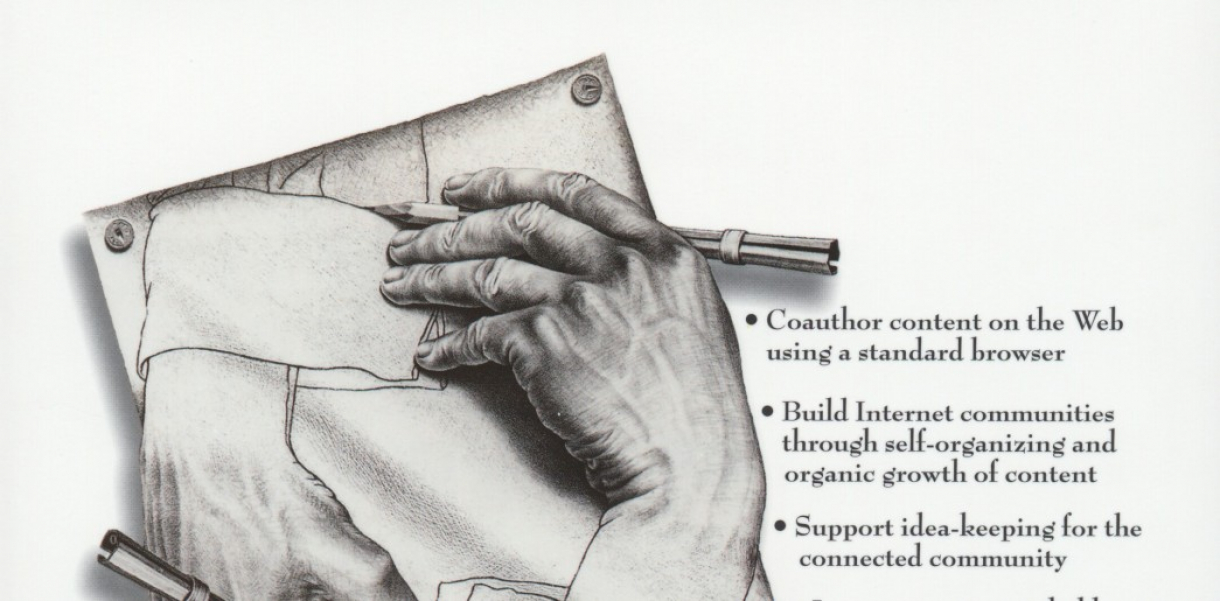The design is comprised of a series of discrete spaces within the aircraft. Each space was custom architected according to the special needs of training, surgery, repair of biotech machinery, and running the craft from both an administrative and aviation aspect. It was laid out to accommodate all the above functions.
Functionality and use of design
Working within the prescribed materials appropriate for aircraft and with functionality towards both human and mechanical repair and training foremost, the spaces had to be segregated in a manner that allowed for sterility, convenience and "public" spaces for relatives accompanying patients. New space was freed up to install telemedicine equipment.
How did this design improve life?
The ORBIS Flying Eye hospital is responsible for training thousands of medical professionals whose newly acquired skills have served tens of thousands of local cases of preventable blindness or restored sight to those who would otherwise unnecessarily live with this condition. It has hosted many national Presidents from Cuba's Fidel Castro to the first President Bush. The President of India will come aboard March 2005 to express his appreciation for the work performed by ORBIS and its purpose-built aircraft. ORBIS's primary goal - the elimination of preventable blindness - is meaningfully advanced by the flying eye hospital.
The ORBIS flying eye hospital is a DC-10 aircraft specially designed to train local medical professionals through the illustrative treatment of critical eye care onboard. It evolved from an earlier design of a DC-8 aircraft originally created by TigerAir of Los Angeles. Once aloft, the DC-8 and its successor DC-10 landed many medical benchmarks such as introducing microsurgery to Panama and establishing the first eye bank in Ethiopia.
The DC-10 is equipped with a full surgical suite, as well as:
- A 50-seat training/conference room replete with the state-of-the-art audiovisual equipment
- A modern biotech equipment repair room
- An advanced telemedicine site
- Recovery and waiting rooms
The repair room was created in appreciation of the lack of know-how in many countries to fix vital technology deployed in modern eye care. The AV gear, updated in 2004, enables the primary mission of training medical professionals in developing countries as they observe all manner of eye care procedures through cameras salved to the Operation Room. There are 54 monitors and 16 cameras to teach; every instrument has a camera so no matter where you go on the plane, you can see the surgery taking place. The classroom is interactive with the OR. Questions can be asked and get answered by participants during the surgery. When there is an overflow, the operation can be beamed to an off-site location. At the end of each program, our host hospital receives CDs or videos of the surgeries so that training can continue after our departure.
The generators are another innovation. They are lighter than others as powerful and can operate non-stop for months at a time in order to maintain all onboard functions without interruption.
The latest innovation towards this information transfer goal is a telemedicine function known as CYBER-SIGHT that enables long-distance training as well as the electronic movement of graphic material necessary to support remote diagnoses.
Drawbacks of life improvement
Aside from the unavoidable space limitations, the design is found to be sufficient for the mission in its ingenious use of the square and cubic footage. There are no real drawbacks that haven't been addressed within but there are practical drawbacks that are intrinsic to the operation of an aircraft of this size and complexity.
First, given all the technology and added instrumentation aboard, it is one of the heaviest DC-10s in the world. This places limitations on where the flying eye hospital can land, which can be a disadvantage in developing countries where potential patients are too poor to manage travel. Related to this complexity are maintenance needs. Global sponsor FedEx contributes a full-time aircraft engineer as well as funds various safety and equipment checks required. And of course, there is the cost of bringing the DC-10 to various countries. These are borne by sponsors and are considered well worth the outlay to avail these countries of the finest medicine and training.
Research and need
The design began with a blank space as the aircraft was stripped bare inside. Input from aircraft engineers, interior designers and medical professionals of various deployed specialities were consolidated into a series of solutions towards completing the details and nuances of the mission. Updates have been frequent as additional experience with the design suggested modifications. As a consequence, practical matters observed through routine use have altered several spaces, as has the addition of telemedicine.
A mock-up of the flying eye hospital's interior allowed this consortium of designers and users to run through the functionality and space allocation and make practical judgments based on these observations. Adjustments were made to refine the design into its most usable configuration considering both foot traffic, equipment space, materials, OR spatial considerations, training needs, compartmentalization of administrative needs, sanitary requirements, flight essentials, maintenance access points, patient comfort, family accommodations, general storage, dining and general serviceability of all areas.
Designed by
David Paton - USA






